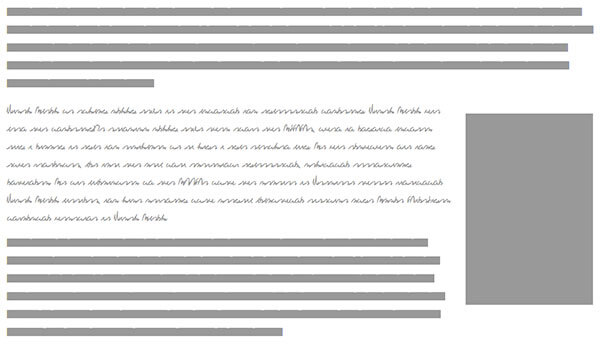Prevent Default Event Actions Using MooTools 1.2
Many sweet JavaScript events are trigger by clicking on a link or a submit button. What if you don't want the browser to follow the link? What if you don't want the form to be submitted traditionally? MooTools allows you to prevent the default actions of most elements by using the preventDefault() method.
The Sample XHTML
<p><a href="http://scriptandstyle.com" class="prevent">ScriptAndStyle.com</a></p>
<p><input type="checkbox" class="prevent" /></p>
<p><input type="submit" class="prevent" value="Submit Form" /></p>
The action of any element with the prevent class will be nullified upon click.
The MooTools 1.2 Code
window.addEvent('domready', function() {
$each($$('.prevent'),function(el) {
el.addEvent('click',function(event) {
event.preventDefault();
});
});
});
You can also prevent the browser from allowing image dragging! I did, however, notice that this function did not work correctly on a radio input.
![Vibration API]()
Many of the new APIs provided to us by browser vendors are more targeted toward the mobile user than the desktop user. One of those simple APIs the Vibration API. The Vibration API allows developers to direct the device, using JavaScript, to vibrate in...
![9 Mind-Blowing Canvas Demos]()
The <canvas> element has been a revelation for the visual experts among our ranks. Canvas provides the means for incredible and efficient animations with the added bonus of no Flash; these developers can flash their awesome JavaScript skills instead. Here are nine unbelievable canvas demos that...
![Introducing MooTools LazyLoad]()
Once concept I'm very fond of is lazy loading. Lazy loading defers the loading of resources (usually images) until they are needed. Why load stuff you never need if you can prevent it, right? I've created LazyLoad, a customizable MooTools plugin that...
![Redacted Font]()
Back when I created client websites, one of the many things that frustrated me was the initial design handoff. It would always go like this:
Work hard to incorporate client's ideas, dream up awesome design.
Create said design, using Lorem Ipsum text
Send initial design concept to the client...





You can use the
$lambdafunction and a little bit of the Elements-Class magic to make this a one-liner:window.addEvent('domready', function() { //Now every click on one of the .prevent-Elements returns a 'false' and the propagation of the event gets stopped. $$('.prevent').addEvent('click',$lambda(false)); });@thomasd: Sweet tip!
i found that the method that fails the least is:
$("bla").addEvent('click',function(_e){ new Event(_e).preventDefault().stopPropagation(); //alternatively: new Event(_e).stop(); //or very simple in mootools 1.2: return false; })